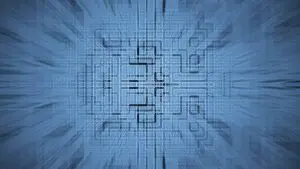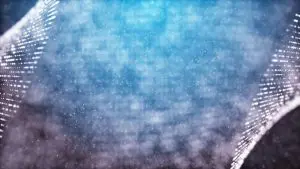Many readers of ElectronicsCooling are probably familiar with the use of fin efficiency formulas to estimate the thermal resistance of the commonly used parallel plate fin heat sink. Given the heat transfer coefficient, h, acting on a fin and the dimensions of the fin, the thermal resistance of an individual fin is given by: where Af and η are the surface area and … [Read more...]
Server Design Challenges for the High-heat-load Internet Data Center
Introduction Microprocessor and system thermal management are linked to facility cooling: power dissipation and cooling techniques employed at one end of the size scale have cascading impacts at the other extreme (Figure 1). For example, ineffective airflow distribution or insufficient underfloor static pressure in a data center can reduce the supply airflow rate from … [Read more...]
Low Profile Heat Sink Cooling Technologies for Next Generation CPU Thermal Designs
Introduction The electronic industry requires increased forced-air cooling limits to cool high-end server CPUs adequately. Improving air-cooled heat sink thermal performance is one of the critical areas for increasing the overall air-cooling limit. One of the challenging aspects for improving heat sink performance is the effective utilization of relatively large air-cooled fin … [Read more...]
Entrance Effects For Heat Flow Into A Multi-Layer Printed Circuit Board
Introduction Since their introduction, multilayer printed circuit boards have provided a significant benefit to the thermal management of IC packages. As is widely recognized, the power and ground planes in these boards function as fins and spread the heat beyond the package footprint and enhance heat transfer to the air. Heat can flow into these planes by conduction either … [Read more...]
Heat Transfer Enhancement By Using Nanofluids For Cooling Of High Heat Output Microprocessor
It is well known that the thermal properties of heating or cooling fluids play a major role in the development of energy-efficient heat transfer equipment. However, conventional heat transfer fluids such as water, ethylene glycol and engine oils have, in general, poorer heat transfer properties than most solids. In spite of considerable research efforts, major improvements in … [Read more...]
- « Previous Page
- 1
- …
- 44
- 45
- 46
- 47
- 48
- …
- 78
- Next Page »








